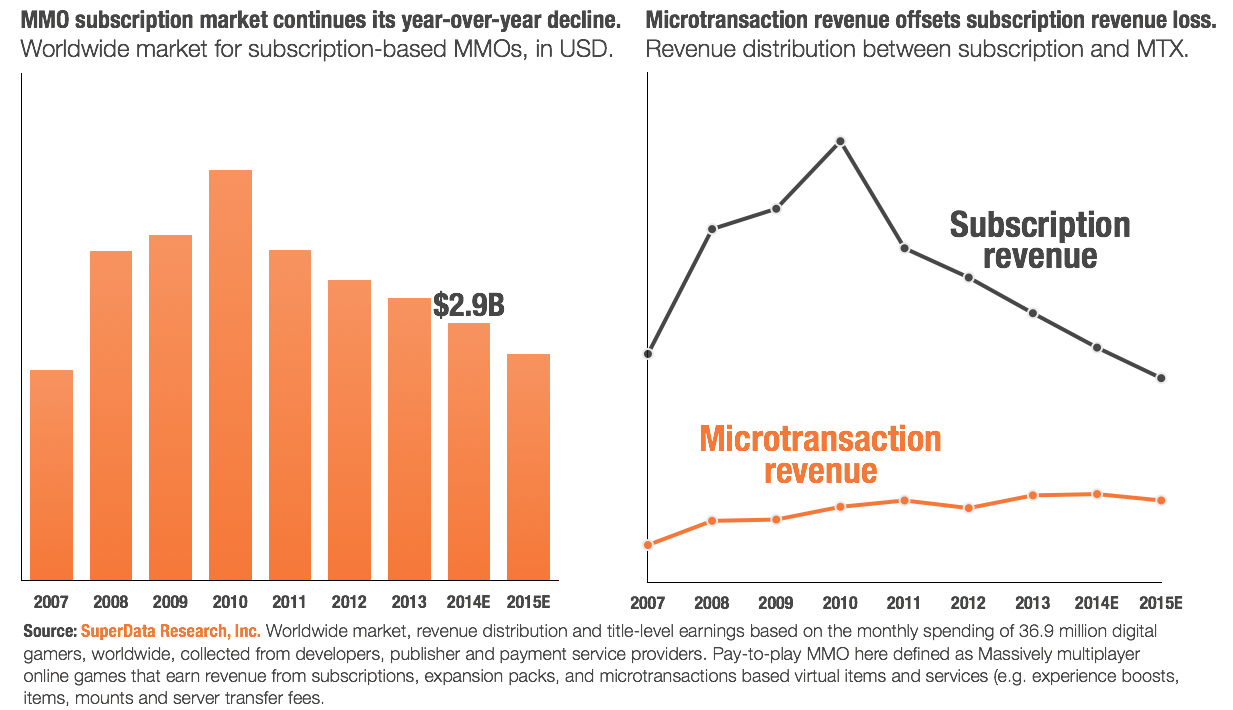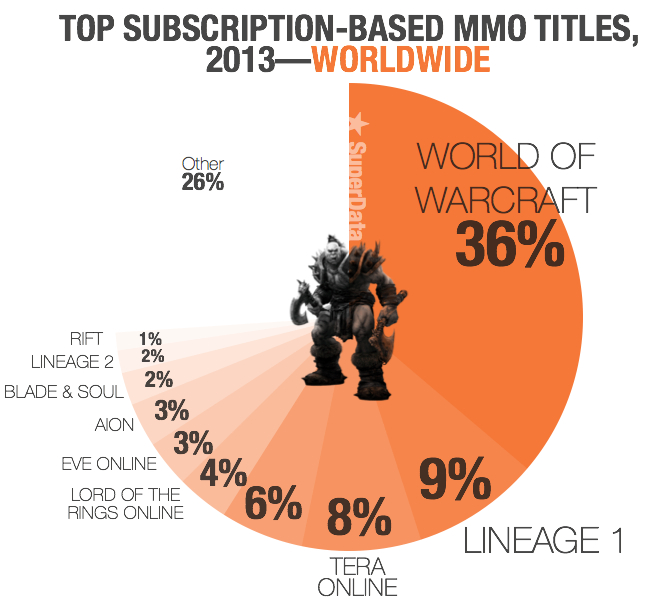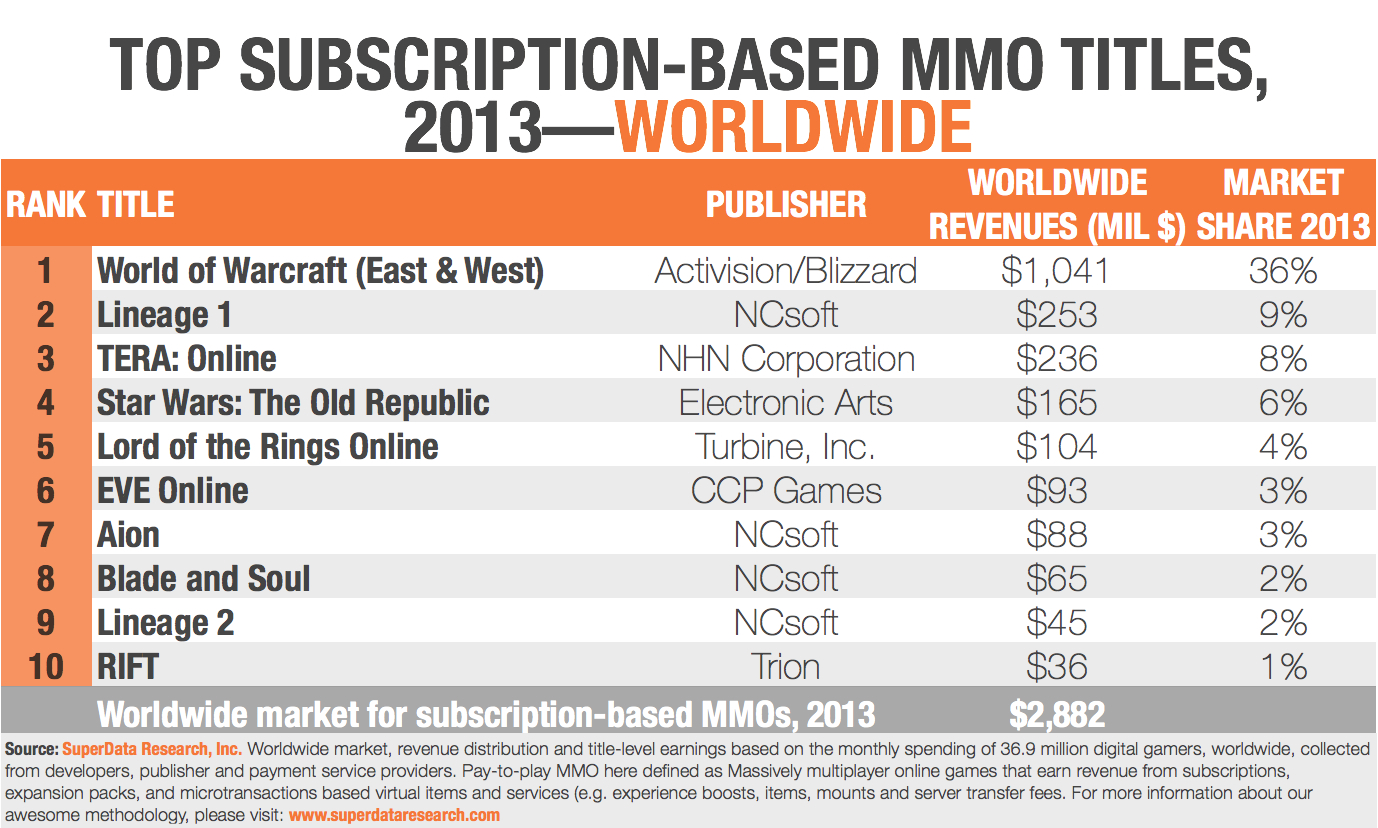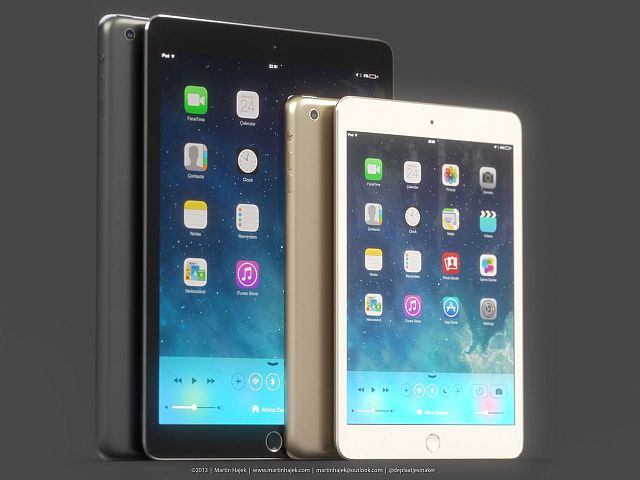Apple’s got a number of new product introductions slated for the rest of this year, if the company follows its usual pattern. Nothing’s official yet, but unless something catastrophic happens Apple will be introducing a new iPhone and a new iPad this year, at a minimum. The other thing we can be sure about is that whatever Apple does, it’s going to be important to the gaming industry. The mobile games industry is the fastest growing segment of the overall games business, and iOS games are still the revenue leaders despite the strong growth of Android devices. Billions of dollars in game revenues are affected by what Apple does, and the [a]list daily takes a look at what may be coming for iOS this year.
iPhone 6
Rumors have been flying about Apple’s plans for the newest iPhones, and parts purporting to be from production lines have begun showing up. The core rumors report two new sizes of iPhone in the works, one with a 4.7 inch screen and and one with a 5.5 inch screen. While the 4.7 inch screen seems likely to be announced in mid to late September, the larger iPhone may or may not be announced at that time. The larger iPhone is said to be encountering production difficulties, and may launch later in 2014 or even be delayed to 2015. The mockups in the concept illustration show the iPhone 5S next to the two rumored models of the iPhone 6.
Here’s the best consensus on specs: Both new models will sport an improved A8 processor, a sapphire covering for the screen instead of Gorilla Glass (no more screen protectors needed!), and an improved camera, along with a likely screen resolution of 1704 x 906. The larger iPhone may offer up to 128 GB of memory, and its camera may have optical image stabilization. Pricing will probably be the same as current iPhones for the 4.7 inch version, and perhaps $100 more for the 5.5 inch version.
If history is any guide, Apple will sell tens of millions of these phones in short order. The iPhone 5s is currently the best-selling phone in the world, so expect a warm reception for these new models. Apple has been selling more than 50 million iPhones each quarter, and that will no doubt continue. For gaming, the iPhone 6 will be tremendous by offering a bigger screen and even better CPU and graphics performance.
iPad 6
The changes in the iPad this year look to be fewer in number, primarily the addition of the Touch ID sensor and the faster A8 processor. It’s possible the screen may be improved, and the cameras may well get better. Rumors also indicate an “iPad Pro” is being developed for 2015, with a 4K display, and a 12.9 or 13.3 inch screen; this would no doubt command a higher price point. If Apple follows its usual pattern, the new iPad models will be announced in October in order to be in good supply for Christmas.
The impact on gaming is considerable, as the A8 processor (combined with Apple’s new Metal SDK for improving graphics performance) should propel the iPad into amazing graphics territory. Expect to see graphics that can outdo the best of an Xbox 360 or a PS3 in some ways, and you can be sure that game developers are going to be pushing that envelope hard.
While Apple hasn’t been moving as many tablets as it has smartphones, you can still expect to see over 20 million iPads selling each quarter. In other words, every month Apple sells about as many iPads as the total installed base of the PS4, and more than the Xbox One. That’s one big reason so many publishers are working on tablet games.
Apple TV
This little “hobby” of Apple’s is rumored to get the biggest upgrade in its history this year, as Apple finally allows the device to drive an App Store. A new model of the hardware will also be introduced, probably with several key improvements: An A8 processor for top-notch gaming and media performance is the most important change, along with better WiFi and perhaps more ability to increase storage. The $99 price point should remain the same, and it’s likely to be introduced in October along with new iPads.
While Apple has already sold over 25 million Apple TVs, the sales potential of the newest Apple TV is much greater. Apple may well announce several new streaming video services for the box, and will no doubt arrange to have a killer lineup of apps. Supporting the device should be easy for developers now that controller support is already included in iOS 7, and iOS 8 will have even better support. You’ll be able to use an iPhone or an iPad as a controller, or get a standalone Bluetooth controller that looks like a console controller. (We’ve seen iPhone/iPad controllers announced from Mad Catz, Razer, Logitech and others already.)
The real win for Apple will come with games that already exist being updated to transition seamlessly from mobile to Apple TV. If you’re playing a game on your iPad, you’ll be able to put it up on your TV screen by using an Apple TV. There’s even more possibilities for designers in the interactions between ubiquitous smartphones and tablets along with TV screens.
The market for an Apple TV with games could easily be 3-5 million units per month or even more, dwarfing current console sales. Publishers that already have an iOS portfolio of games will be pleased to see something like this happen; other publishers may have to rethink development plans if this occurs. This isn’t likely to affect next-gen console sales in the near term, but in the long term it could well divert some sales and attention from Sony and Microsoft’s top consoles. It all depends on the games, in the end, and if developers will begin to provide some of the top consoles titles in a very similar form on the new Apple TV. And don’t forget the Amazon Fire TV, and the Android TV models that will be coming out soon. The battle at the low end of the console business is definitely heating up.




